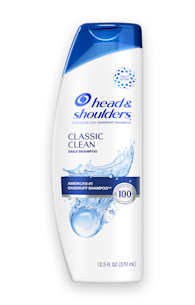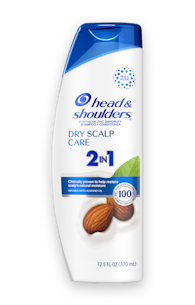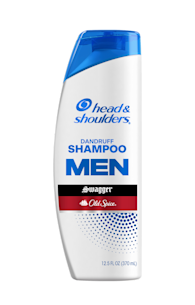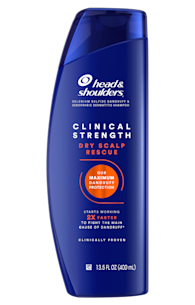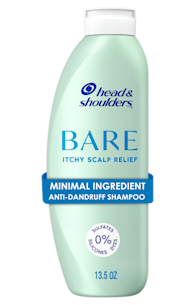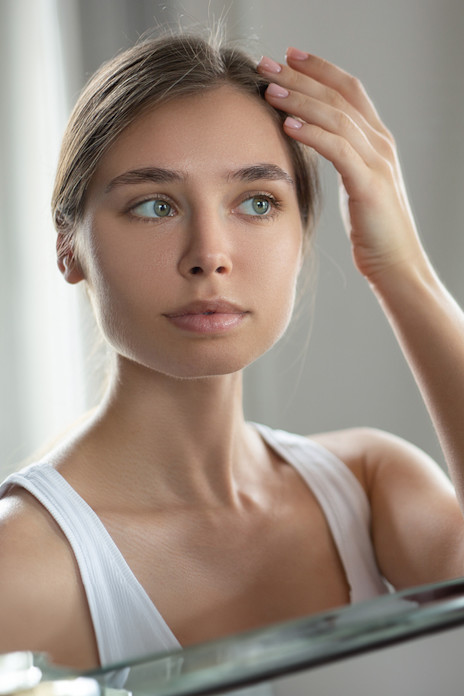WHAT IS A DANDRUFF CAUSING MICROBE?
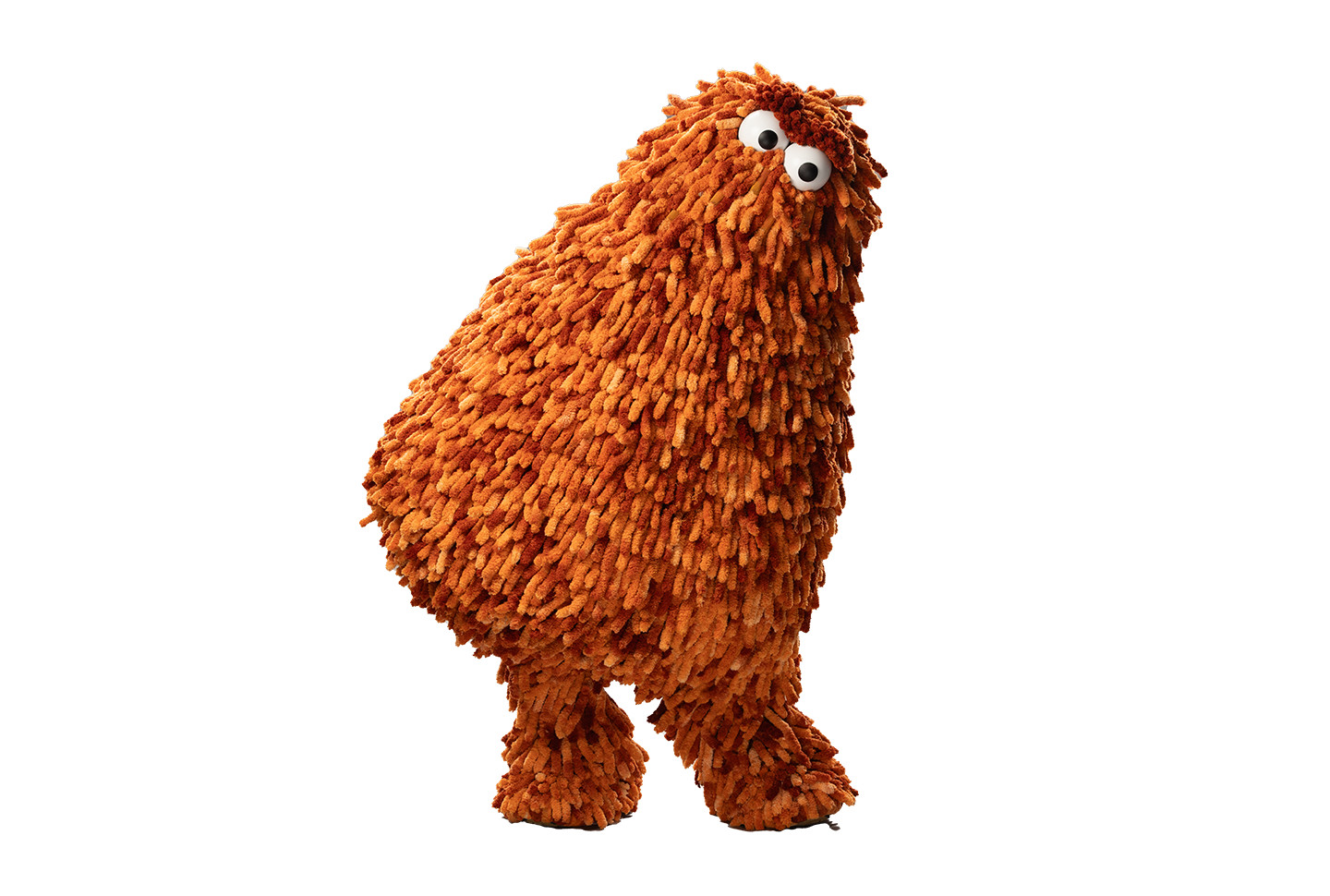
Meet Malassezia Globosa: The Tiny Microbe on Your Scalp
Have you ever wondered what causes dandruff? The answer lies in a tiny microbe called Malassezia globosa. Let's explore what this microbe is and how it affects your scalp.
What is Malassezia Globosa, “The Microbe”?
Malassezia globosa is a type of yeast, which is a kind of fungus. It's so small that you can't see it without a microscope. This microbe is naturally found on everyone's scalp. In fact, it's been living there for as long as humans have existed!
How Does Malassezia Globosa Affect the Scalp?
Malassezia globosa feeds on the natural oils, called sebum, that your scalp produces. As it breaks down these oils, it creates a byproduct. For many people, this byproduct can irritate the skin on the scalp. When the skin gets irritated, it responds by shedding more skin cells than usual, which we eventually see as dandruff flakes. But the disruption in the normal scalp function can also cause itch, dry scalp, and oiliness. Bad news; there’s no cure for dandruff.
How Can You Control the Microbe and Dandruff?
The good news is that there are ways to manage the effects of Malassezia globosa and control or prevent symptoms like itch and irritation. The active ingredient in Head & Shoulders fights off the microbes that cause dandruff. Head & Shoulders products contain active ingredients, such as Zinc Pyrithione in Classic Clean or Selenium Sulfide in Clinical Strength, that help reduce the amount of Malassezia globosa on your scalp. By using them regularly, you can help control dandruff and keep your scalp healthy. Effective dandruff care depends on keeping the Microbe in check!
Tips for a Healthy Scalp
Wash Regularly: When used regularly, H&S helps keep the microbes at bay to help stop dandruff before it starts!
Use anti-dandruff shampoo consistently. Effective dandruff control requires consistent treatment and application of the active ingredients. Switching around to non-anti-dandruff shampoos opens the door for Malassezia to thrive.
Stay Hydrated: Drink plenty of water to keep your skin and scalp hydrated from the inside out.
Eat a Balanced Diet: Eating a diet rich in vitamins and minerals supports overall skin health, including your scalp.
Why Do Some People Have More Dandruff Than Others?
Not everyone's scalp reacts the same way to Malassezia globosa. Some people are more sensitive to the byproducts, which means they are more likely to experience irritation and dandruff. Other factors like stress, cold weather, and not washing your hair often enough can also make dandruff worse.
Fun Fact
Did you know that Malassezia globosa isn't the only microbe on your scalp? Your scalp is home to a whole community of microbes, including bacteria and other fungi. They all play a role in keeping your scalp ecosystem balanced.
Conclusion
Malassezia globosa is a tiny but mighty microbe that plays a big role in dandruff. Understanding how it works can help you make informed choices about caring for your scalp. With the right products and habits, you can manage dandruff and keep your scalp feeling great. Remember, a healthy scalp leads to healthy hair, so take good care of yours!

